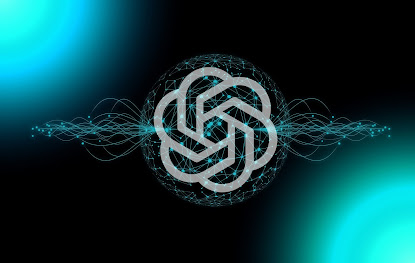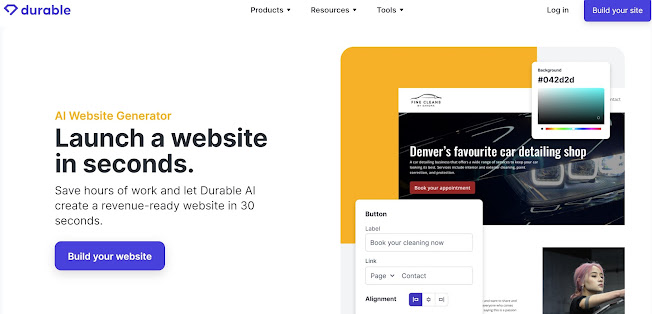"Decentralized vs. Centralized: Exploring the Technical Differences Between YouTube and Odysee in Web 2.0 and Web 3.0"
The internet has been evolving rapidly over the past few decades, and with it, the way we interact with each other online has changed as well. In the early days of the internet, Web 1.0 was characterized by static web pages and a lack of user interactivity. Web 2.0 brought us social media, video-sharing platforms, and other interactive web applications, while Web 3.0 is poised to bring us decentralized platforms that offer more control and privacy to users.
In this blog post, we'll take a closer look at two popular video-sharing platforms, YouTube and Odysee, and explore the differences between them in the context of Web 2.0 and Web 3.0. While YouTube is a centralized platform that uses a client-server architecture to host user content, Odysee is a decentralized platform that leverages blockchain technology to create a peer-to-peer network for content sharing. We'll examine the technical differences between these two platforms, including data storage, monetization, and censorship, and discuss the advantages and disadvantages of each approach. By the end of this post, you'll have a better understanding of the trade-offs between centralized and decentralized platforms, and be better equipped to choose the one that suits your needs.
YouTube in Web 2.0
YouTube is a centralized video-sharing platform that uses a client-server architecture. The platform allows users to upload, view, and share videos with others. The videos are hosted on YouTube's servers, and YouTube is responsible for storing user data, such as video content, comments, and account information.
YouTube has implemented various features to improve user experience, including personalized recommendations, video playback quality settings, and the ability to monetize content through advertising revenue. However, because YouTube is a centralized platform, users have limited control over their data and privacy. YouTube can access and store user data, and may share it with third-party advertisers or government agencies if required by law.
Odysee in Web 3.0
Odysee is a decentralized video-sharing platform that uses a peer-to-peer architecture. The platform is built on the LBRY network, a decentralized platform that allows for the creation and sharing of content. Odysee allows users to upload, view, and share videos with others, with no central authority controlling the platform.
Odysee uses blockchain technology to ensure user data and content is stored in a decentralized and censorship-resistant manner. Users are in control of their data, and can decide whether or not to monetize their content. Additionally, because Odysee is a decentralized platform, there is no central authority that can censor or control the platform.
Technical Differences Between YouTube and Odysee
One of the main technical differences between YouTube and Odysee is the way they handle data storage. YouTube stores videos and user data on centralized servers, while Odysee uses a decentralized network to store user data and content. This means that on Odysee, user data and content is not controlled by a single entity, but rather distributed across the network of nodes that make up the LBRY network.
Another technical difference between the platforms is the way they handle monetization. On YouTube, users can monetize their content through advertising revenue. On Odysee, users can monetize their content through the use of the LBRY Credits cryptocurrency. Users can earn LBRY Credits by creating and publishing content, and can then use these credits to tip other creators or purchase content on the platform.
Finally, the way each platform handles censorship is also a technical difference. On YouTube, content can be censored or removed by the platform's administrators for violating community guidelines. On Odysee, because the platform is decentralized, there is no central authority that can censor content. However, users can still report content that violates LBRY's community guidelines, and the LBRY network can remove content that is deemed illegal or harmful.
Conclusion
In conclusion, YouTube and Odysee are two very different platforms, each with their own unique technical features and advantages. YouTube is a centralized platform that offers a user-friendly experience with personalized recommendations and monetization options, but lacks control over user data and content. Odysee, on the other hand, is a decentralized platform that offers users control over their data and content, with monetization options through the use of cryptocurrencies, but requires a basic understanding of blockchain technology and may not offer the same level of user experience as YouTube. Ultimately, the choice between YouTube and Odysee depends on a user's preferences and needs.












Comments
Post a Comment